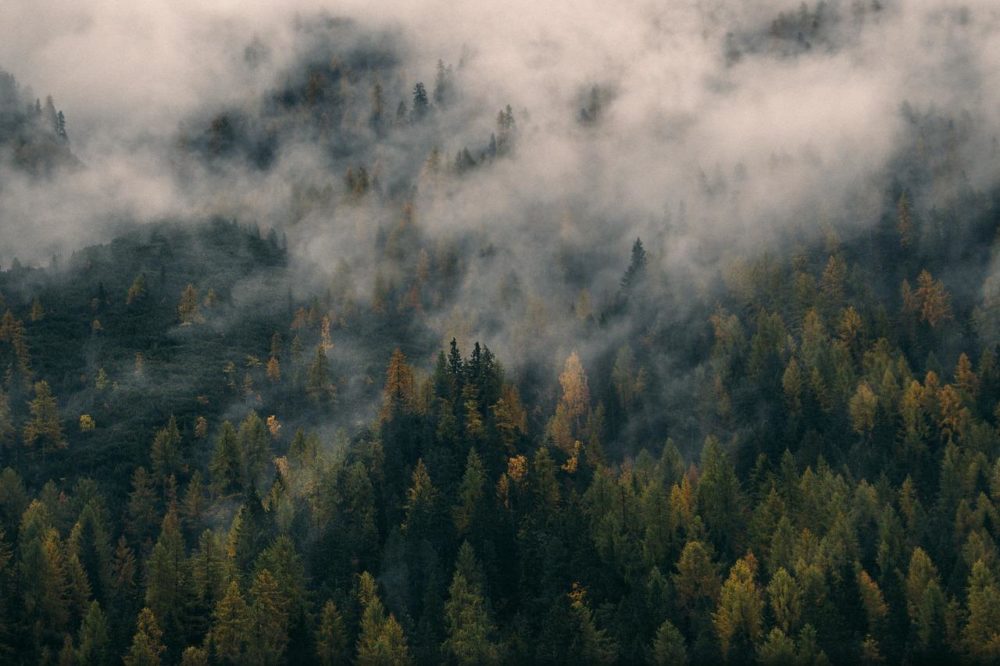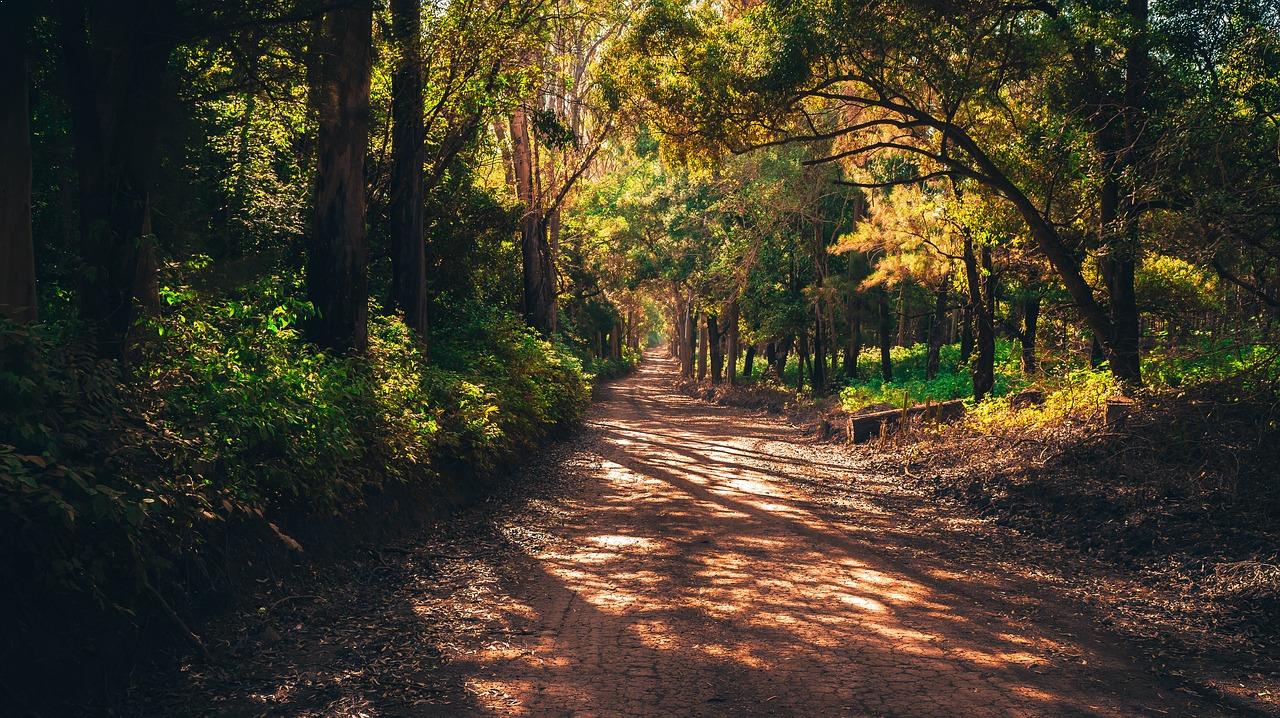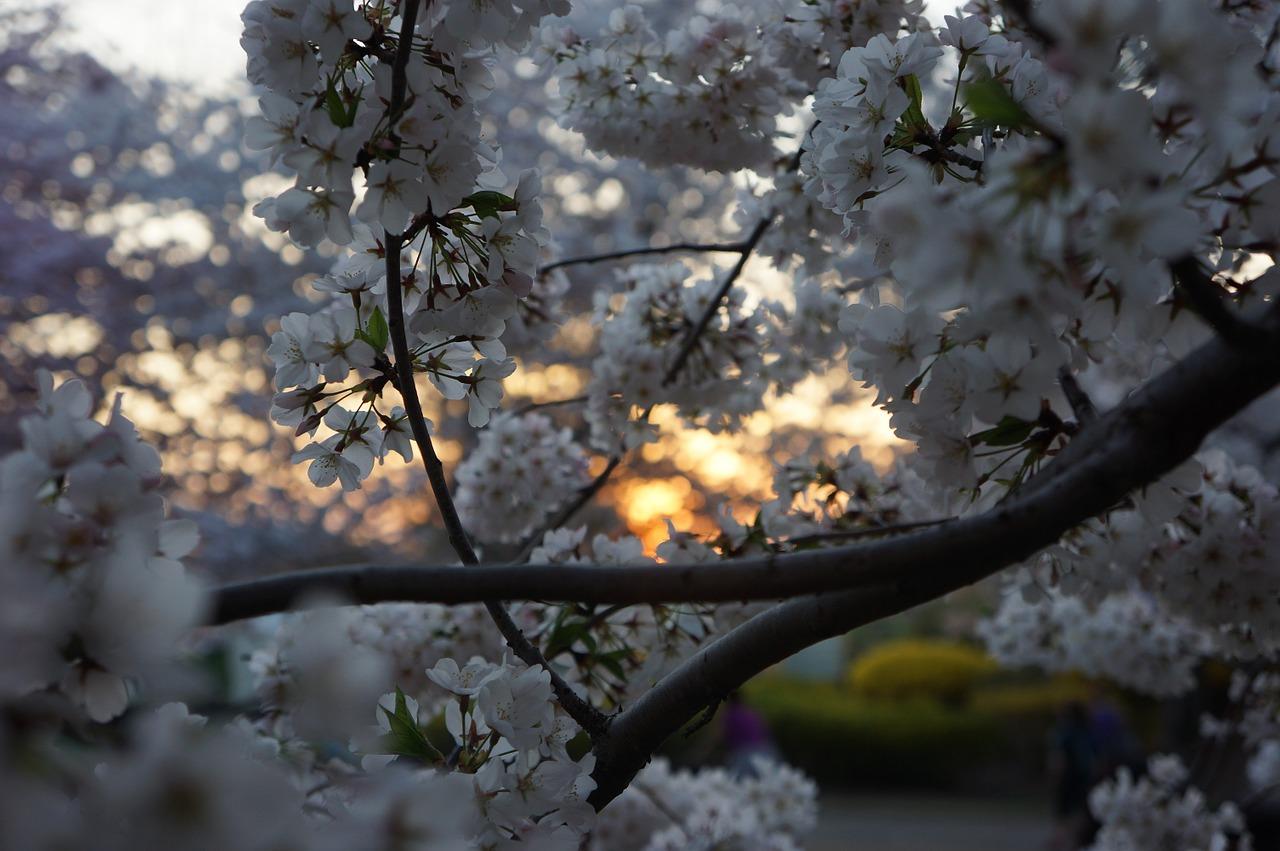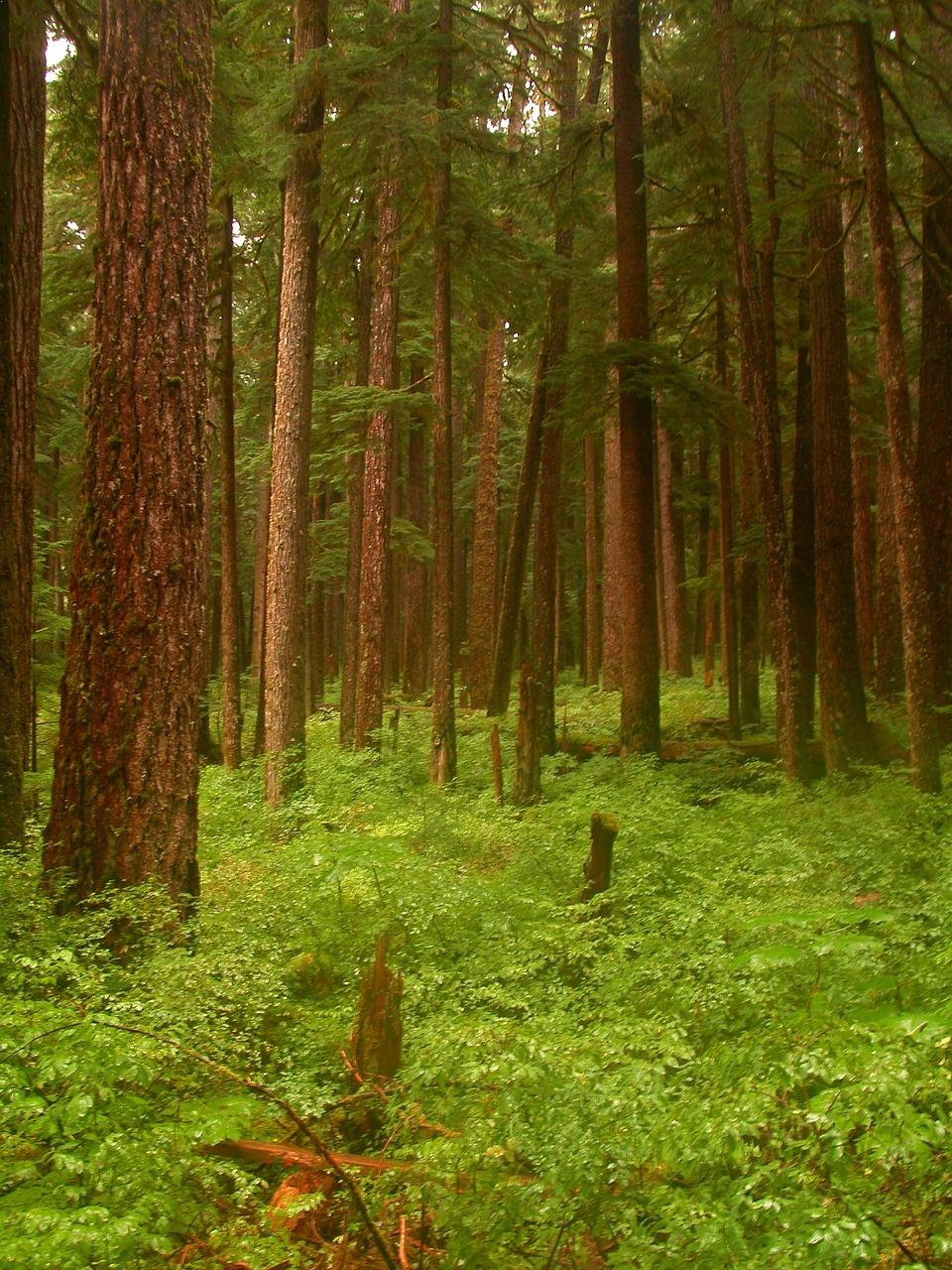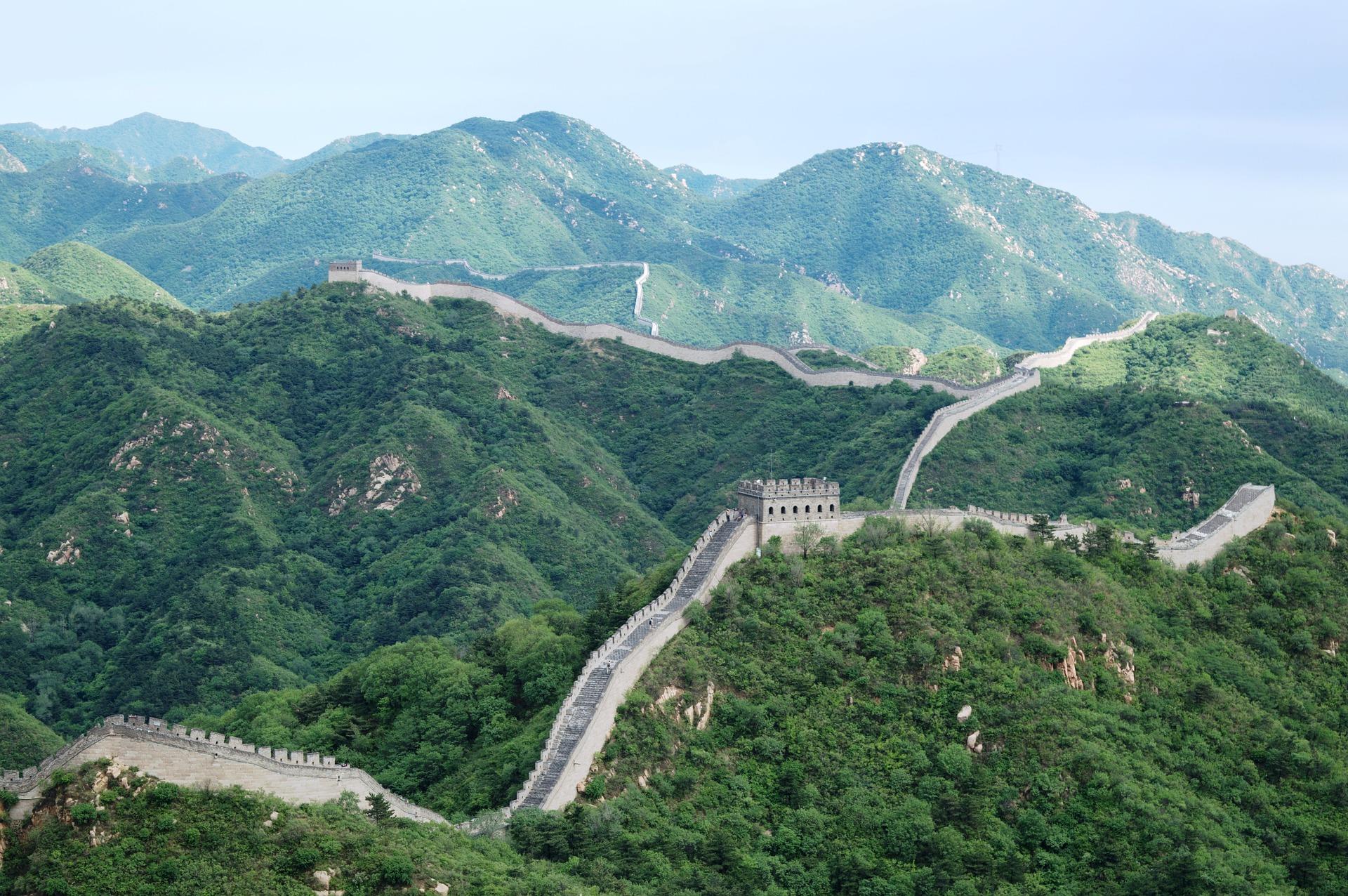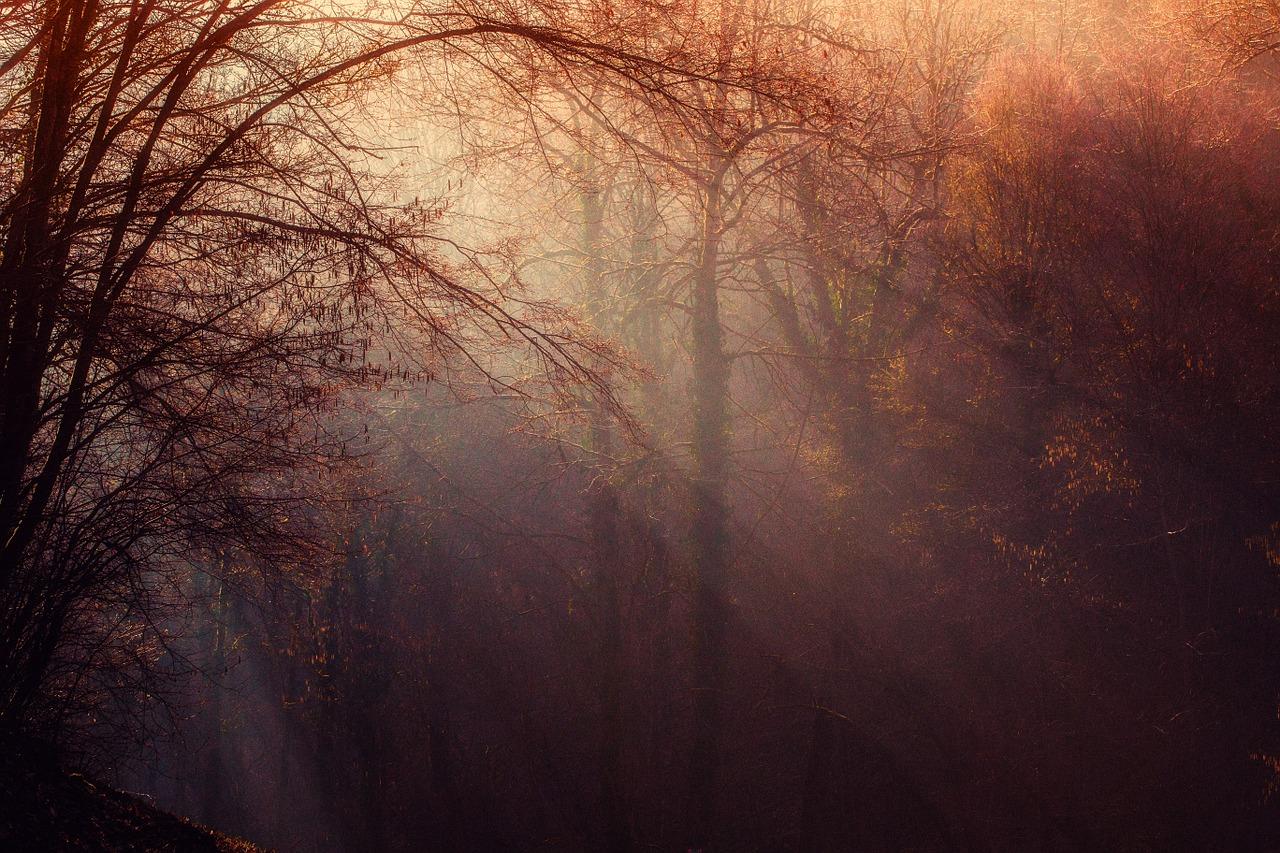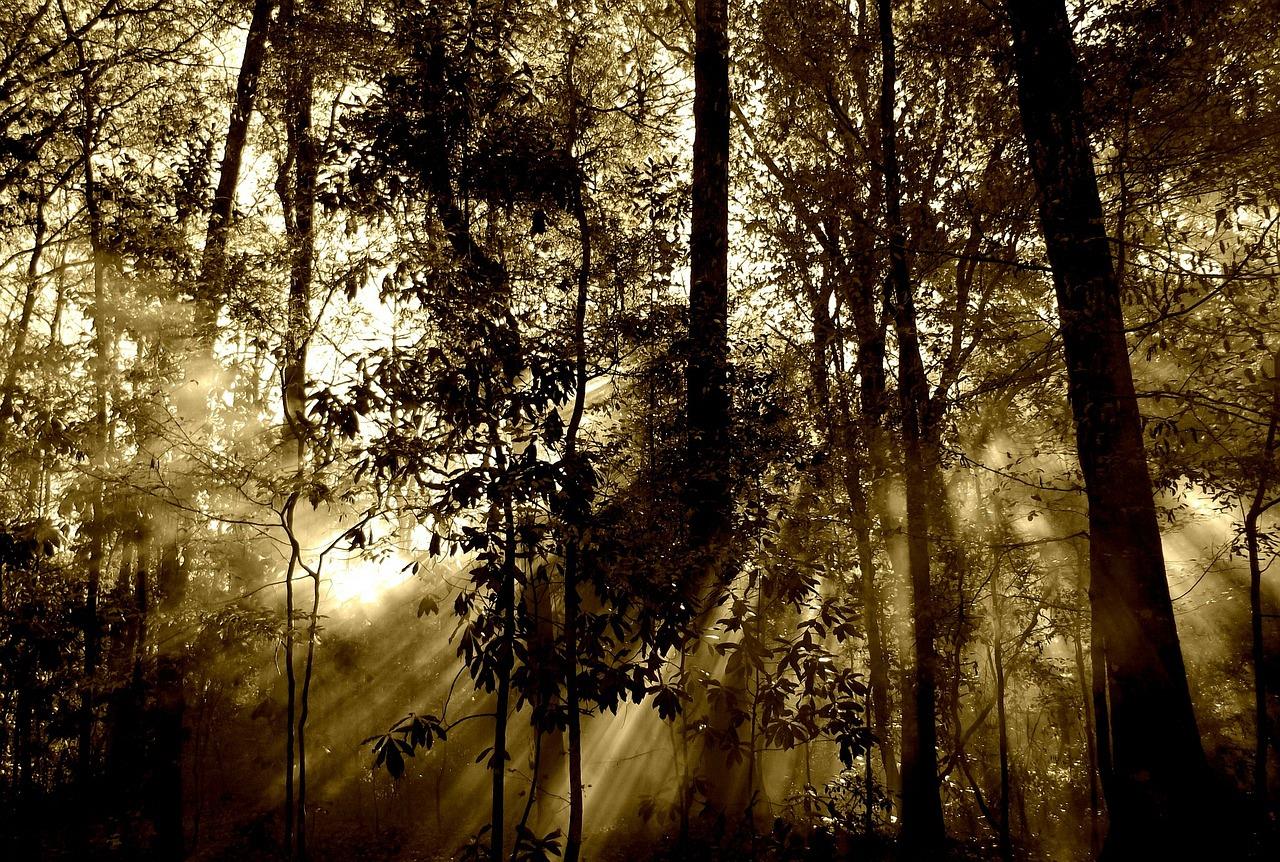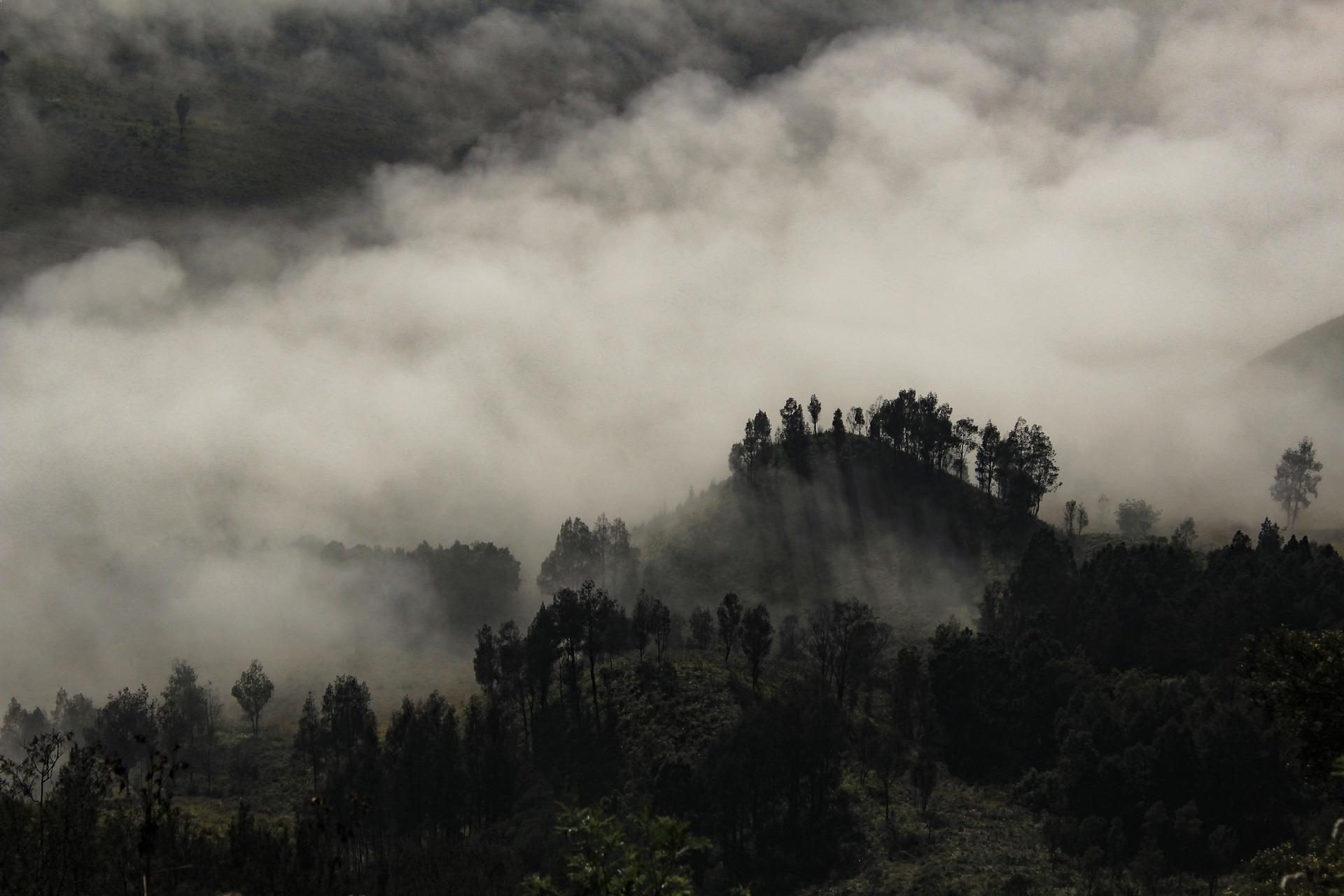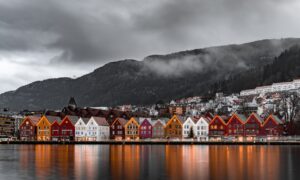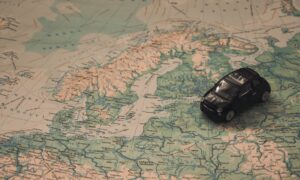Forests are a vital part of any country’s economy as well as social and cultural life and have been cherished for long for their value. Apart from economic benefits, forests also perform other ecological functions like regulating the water cycle, preventing soil erosion, regulating river flow and maintaining wind patterns. Forests are an indispensable resource for all countries but their type and quality depends on geographical factors. Here is a list of 15 countries with the largest forest areas.
Countries With the Largest Forest Area
1. Russia (Forested Area: 8,149,300 square kilometres)
The largest country in the world also has the largest forest area equalling more than 81 lakh square kilometers. The northern part of Russia is largely covered with alpine forests and has very little human habitation. This region called Siberia is covered in snow for most of the year and has a unique ecosystem. The varied geography also means that the high altitude mountains, river basins, and lower subtropical regions are covered in the different type of forests. Russia is one of the countries with the largest forest area. Also, read about beautiful trees around the world.
Also Read: Top 10 Poorest Countries in the World
2. Canada (Forested Area: 4,916,438 square kilometres)
Canada is the second-largest country in the world and about 30% of its land area is covered by forests. This equals to about 49 lakh square kilometers which are roughly the size of India. Like Russia, a large part of Canada is uninhabited and covered in snow for most of the year which makes it ideal for alpine and tundra vegetation to grow there. A large number of mountains, rivers and lakes ensure that the soil is ideal for forests to sustain themselves and these forests have a large number of endemic animals. Canada has the third largest forest area. You will also love to read about beautiful gardens in the world.
3. Brazil (Forested Area: 4,776,980 square kilometres)
Brazil is also one of the largest countries in the world and is home to the Amazonian Rainforest – the largest rainforest on Earth. Though all of the Amazon forests is not located in Brazil, a majority of it is in Brazil. Brazil has a forested area that covers about 56% of its territory and is over 47 lakh square kilometres in area. In fact, the forested area in Brazil is larger than the size of India. Brazil has one of the best quality forests in terms of density and diversity if living beings but these forests are under threat because of rapid urbanisation and deforestation. After Russia, Brazil has the second largest forest area among all the countries in the world. We have also covered the most beautiful and amazing forests in the world.
Also Read: Why is the Amazon Rainforest on Fire?
4. United States (Forested Area: 3,100,950 square kilometres)
About 30% of the land area is covered by forests in the United States and this adds up to over 31 lakh square kilometres. The forests in the United States are very varied in terms of density of trees, type of vegetation and type of animal life. This is because the vast stretch of the country makes is conducive to the growth of many types of forests like marshlands, temperate forests, alpine forests as well as scrub vegetation in the desert regions. Most of the forest areas are protected as National and State Parks which ensures their preservation.
5. China (Forested Area: 2,083,210 square kilometers)
One of the largest countries in the world, China has the least land area by percentage as compared to any other country on this list. Only 18% of China’s land area is covered by forests but this adds up to over 20 lakh square kilometres. China’s forests are under threat from the rapid urbanization, mining and deforestation being done in the country to modernize it. Most of the forests today sit on coal and oil reserves and maybe soon cut down to cater to the growing energy and agricultural needs of the country. China has pledged to cover the quarter of the country in the forest by 2024. Let’s Wait For 2024!
6. Australia (Forested Area: 1,470,832 square kilometers)
After China, Australia has the second lowest percentage of the largest forest area as compared to the total land area. Only 19% of the land is covered by forests but this is mainly because of the dry desert-like conditions in most of the country. It has a total of over 14 lakh square kilometres of forested land and houses some very unique biodiversity. Due to the geographical isolation of this country from the rest of the world, very different and endemic wildlife has evolved in Australia. Because of the limited water supply and poor quality of soil, the forests are not able to proliferate despite the availability of space in the county.
7. The Democratic Republic of the Congo (Forested Area: 1,172,704 square kilometres)
Despite the small area, about 52% of land in Congo s forested area making it second only to Russia in terms of percentage of the forested area. Most of the country is covered by tropical rainforests fed by the rivers of the Congo basin. Plenty of water along with favorable climatic conditions has ensured that the forests are of superior quality and have diverse animal and plant life. However, tourism has not been able to pick up in Congo because of the ongoing conflict and political instability.
8. Argentina (Forested Area: 945,336 square kilometres)
Located just south of Brazil this South American country has 32% of its land area under forest cover. This adds up to just under 9.5 lakh square kilometers. Northern Argentina has more forest cover than the south because of the favorable climate and plenty of rainfall it receives on the windward side of the Andes Mountains that line the western border of this country. The Patagonia region in South America is particularly famous for its dense forests and unique wildlife and is a popular tourist attraction in Argentina. One of the countries with the largest forest area.
9. Indonesia (Forested Area: 884,950 square kilometres)
Despite its small size, Indonesia has some of the best-preserved and densest rainforests in the world. Over 46% of the land area, amounting to about 8.8 lakh square kilometers is forested land making this one of the largest forest areas in the world. Due to its climatic conditions and location close to the equator, this region receives a lot of rainfall conducive to forest growth. Some unique species of birds and animals like Orang-utans are found in Indonesian rainforests. However in this country too, rainforests are under threat because of the rising population and urbanization that puts pressure on natural resources and necessitates deforestation. Indonesia is also among the countries with the longest coastlines.
10. India (Forested Area: 802,088 square kilometers)
The seventh-largest country in terms of area and 10th largest in terms of forested area, India is one of the most geographically diverse regions in the world. It has all types of forests ranging from rainforests to shrubs and desert-like vegetation and alpine forests to temperate and deciduous forests. Each of these forests has a different ecosystem that sustains a variety of small and large animals along with a large number of endemic medicinal plants.
11. Mexico (Forested Area: 710,000 square kilometers)
Mexico is the 11th most forested area in the world with 710,000 square kilometers is covered under forest land which is about 34.5% of the country. Also, the country is rich in natural resources such as oil, silver, copper, and agricultural products. The forests in the country are categorized as the type of tree and biome like tropical forests, temperate forests, cloud forests, riparian forests, etc. The agency that take care of the forests is the Comisión Nacional Forestal.
12. Peru (Forested Area: 687,420 square kilometers)
Peru has the most diverse Amazon forest in the world and constitutes an area of 687,420 square kilometers of the total land in the country. The country is home to several hundred different plants and animal species with 80% of the total forest has been classified as a primary forest which is counted under rainforests, pine forests, dry forests, and even a rock forest.
13. Sudan (Forested Area: 675,460 square kilometers)
Sudan has the 13th most forested area in the world with 687,420 square kilometers is covered with forest that constitutes about 29.4% of the total land area of the country. The countries’ forests contain some known species of amphibians, birds, mammals and reptiles according to the figures of the World Conservation Monitoring Centre. However, the forested area is decreasing at an alarming rate.
14. Mozambique (Forested Area: 620,000 square kilometers)
Mozambique has the 14th most forested land in the world with a land area of 620,000 square kilometers that constitutes about 49.6% of total land area in the country. The country forest has about 1167 known species of amphibians, birds, mammals and reptiles according to figures from the World Conservation Monitoring Centre and out of this 1.5 % are endemic that is they exist only in the country not anywhere in the world. However, 3.7% are threatened. Also, the country forest is home to at least 5692 species of vascular plants out of which 3.8% are endemic.
15. Colombia (Forested Area: 607,280 square kilometers)
The second most biologically diverse country on Earth has a forest area of about 607,280 square kilometers and the area is home to about 10 percent of the world’s species. The forest area constitutes of rich tropical rainforest to the coastal cloud forests and to the open savannas. According to Wikipedia, Colombia loses 2,000 km2 of forest annually to deforestation, according to the figures released by the United Nations in 2003. The primary deforestation is on the rainforest that covers more than 80% of Colombia.
Though forests should be preserved for their economic, ecological, cultural and aesthetic value, the pressures of urbanisation, rising population and agriculture is forcing many of these countries to cut down large areas of forest to make way for more short-term economic gains. Forests are rapidly declining in developing countries like India, Indonesia, Brazil and China and this trend needs to be reversed immediately. If the current rate of deforestation continues, the adverse effects of climate change will prove impossible to mitigate. Norway becomes world’s first country to ban deforestation and all countries should follow the same.
These are the top 15 countries with the largest forest area. Do post your comments.

